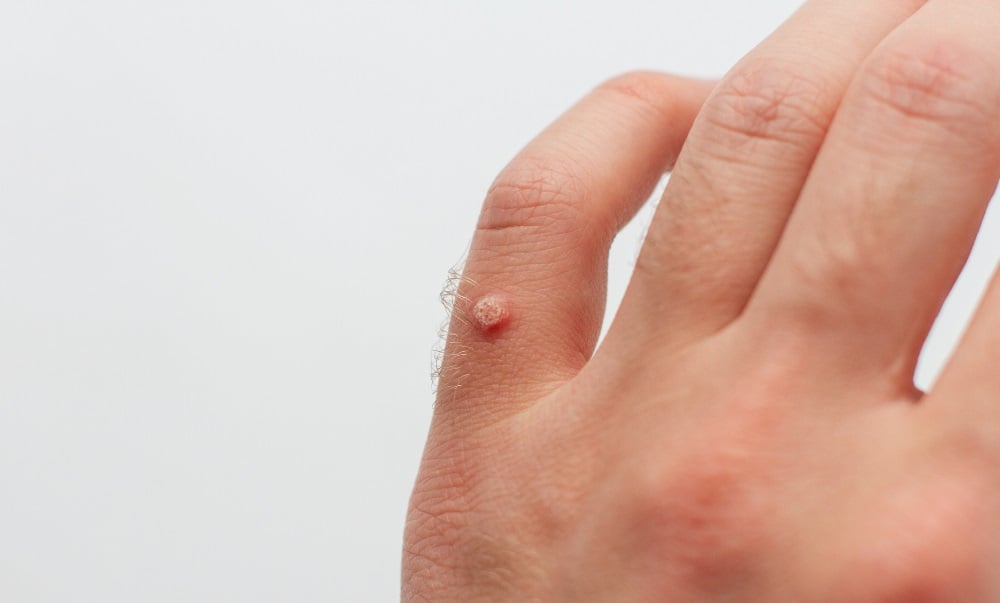After undergoing Warts Removal Surgery in Dubai, proper aftercare plays a crucial role in promoting fast healing and minimizing scarring or infection. One of the most important elements in the recovery process is the use of high-quality aftercare creams. These creams help soothe the skin, reduce inflammation, and protect the treated area as it heals. Choosing the right cream can make a noticeable difference in how quickly and cleanly your skin recovers. With the skin barrier compromised after surgery, a well-formulated topical product supports regeneration and shields against environmental irritants.
Healing Creams with Antibacterial Properties:
Creams with antibacterial agents are highly recommended after Warts Removal Surgery (ما هو أفضل علاج لإزالة الثآليل؟). These creams help prevent bacterial infections, which are more likely to occur when the skin is broken. Look for creams that contain ingredients like bacitracin, neomycin, or silver sulfadiazine. These compounds create a protective barrier and actively reduce the risk of infection. They are typically applied in a thin layer to clean, dry skin two to three times a day. It's essential to continue using such antibacterial creams until the wound is fully closed or as instructed by a skincare specialist.
Hydrating Creams for Skin Regeneration:
Hydration is key for skin recovery. Creams rich in moisturizing agents like hyaluronic acid, glycerin, and ceramides help maintain skin elasticity and prevent dryness or cracking in the healing area. Dry skin can delay the healing process and increase the chance of scarring. Applying a hydrating cream ensures the skin remains supple and supported during regeneration. Additionally, many of these creams include soothing ingredients such as aloe vera or panthenol, which calm irritation and redness post-surgery. Non-comedogenic formulations are preferred to avoid clogging pores.
Silicone-Based Scar Reduction Creams:
Once the wound begins to heal and close, the focus shifts to minimizing scarring. Silicone-based creams and gels are widely regarded as effective options for reducing the appearance of surgical scars, including those from wart removal. Silicone helps flatten raised scars and improve their color and texture over time. These creams work best when applied consistently for several weeks after the skin has re-epithelialized. Many users find that starting silicone scar therapy early leads to better cosmetic outcomes, especially in visible areas like the face, hands, or neck.
Natural and Botanical Creams for Sensitive Skin:
Some individuals have sensitive or reactive skin and may benefit more from natural or botanical-based creams. Products containing calendula, chamomile, tea tree oil, or manuka honey offer gentle healing benefits without synthetic chemicals. These ingredients possess anti-inflammatory, antimicrobial, and skin-soothing properties. While natural creams may take longer to show results compared to medicated ones, they are ideal for those looking for holistic aftercare. Always test a small area first to avoid allergic reactions, and ensure that the cream is free of harsh preservatives or fragrances.
Creams with Vitamin E and C for Skin Repair:
Vitamin-infused creams are another excellent option for supporting post-surgical skin health. Vitamin E is known for its antioxidant and skin-repairing properties, while Vitamin C promotes collagen production and skin brightening. When used together in a cream or serum, these vitamins enhance the skin’s ability to heal and regenerate, leading to a smoother and more even-toned result. It’s best to use these creams after the wound has closed to avoid irritation. Over time, they help fade pigmentation and support long-term skin renewal.
Things to Avoid in Aftercare Creams:
Not all creams are beneficial for healing skin. Some ingredients can cause irritation or delay healing. Avoid creams that contain alcohol, artificial fragrances, harsh exfoliants, or steroids unless specifically prescribed. These substances can dry out the wound, provoke inflammation, or even lead to long-term skin sensitivity. Additionally, greasy ointments that trap heat and moisture may promote bacterial growth if used incorrectly. It’s always advisable to opt for hypoallergenic and dermatologically tested formulations to minimize risks.
Building an Effective Aftercare Routine:
Using a cream is only part of an effective aftercare plan. Before applying any product, the area should be gently cleansed with lukewarm water and mild soap, then patted dry with a clean towel. Apply a thin layer of your chosen aftercare cream using clean hands or a cotton swab, and avoid covering the area with tight or non-breathable materials unless advised. Maintain consistency—apply the cream at least twice daily and monitor the area for signs of infection or abnormal reactions. Combining the right cream with good hygiene and sun protection ensures optimal healing and cosmetic results after warts removal surgery.
Conclusion:
Choosing the best aftercare cream after Warts Removal Surgery (علاج الثألول) can significantly enhance the healing experience. Whether opting for antibacterial, moisturizing, scar-reducing, or natural products, it’s crucial to understand your skin's needs and choose formulations that promote healing without irritation. Consistent care, coupled with patience, can lead to healthy skin restoration and minimal scarring.

